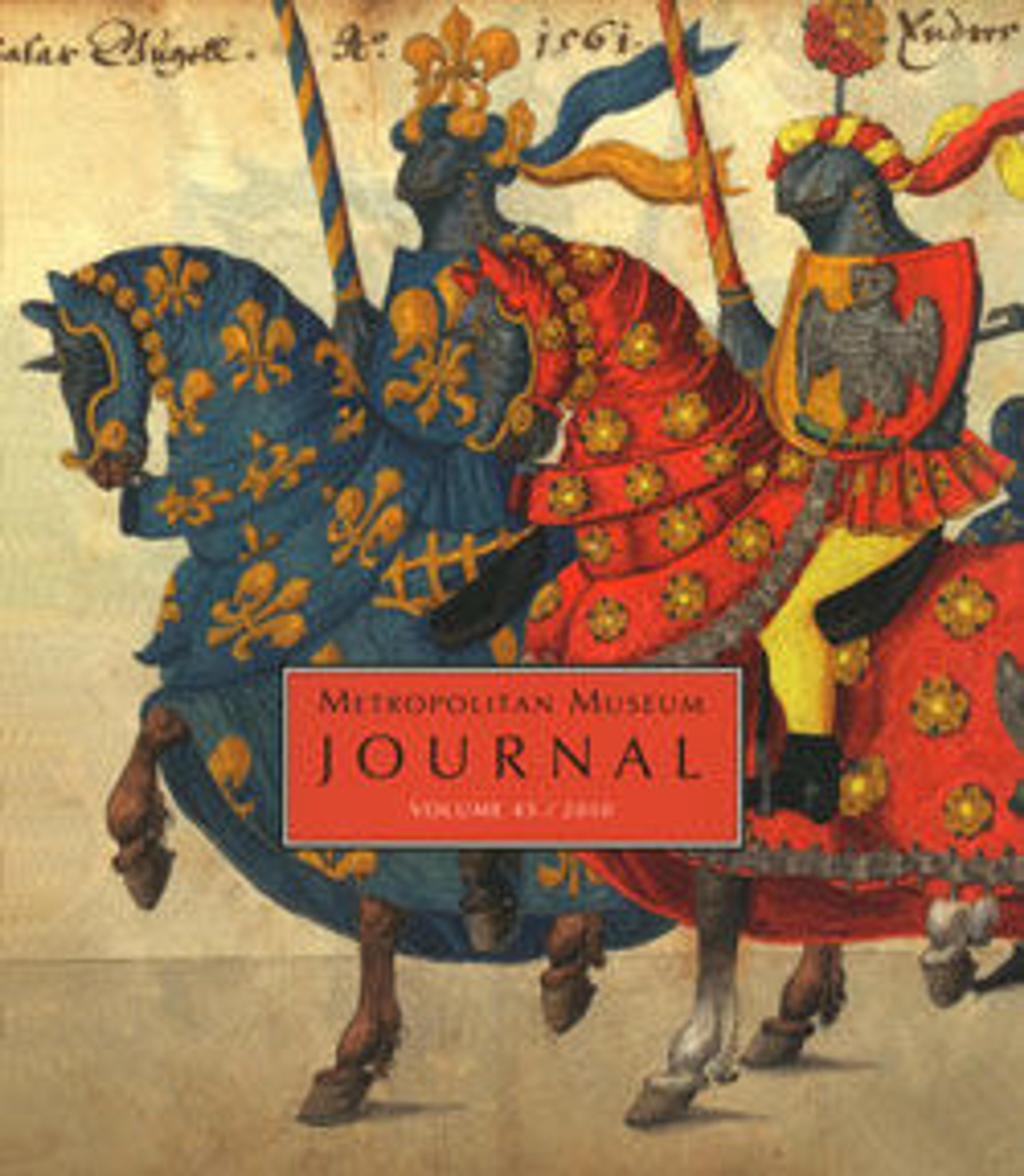Head of a sphinx, possibly of Amenemhat I
The smiling mouth, wide open eyes, and rounded cheeks suggest a youthful king, and the proportions of the nemes, along with the depth of the break, indicate that the head was part of a comparatively small sphinx. The low forehead, high eyebrows and high position of the ears are reminiscent of the head in the Metropolitan Museum of Art attributed to Mentuhotep III (66.99.3), but the eyes of the present head are larger, the cheeks leaner and the mouth more modulated. These features are also seen in the head of a statue inscribed for Amenemhat I in the Egyptian Museum, Cairo (JE 60520) and are even more closely matched by the head of a non-royal statue, also in Cairo (CG 409), which was found in the mastaba tomb of the steward Nakht at Lisht North. That mastaba is undoubtedly contemporary with the pyramid of Amenemhat I, or only very slightly later. These - and other - parallels make the identification of the present head as Amenemhat I very likely.
Artwork Details
- Title: Head of a sphinx, possibly of Amenemhat I
- Period: Middle Kingdom
- Dynasty: Dynasty 12
- Reign: reign of Amenemhat I
- Date: ca. 1981–1952 B.C.
- Geography: From Levant; Possibly from Tyre
- Medium: Dolomitic marble
- Dimensions: H. 14 × W. 12.5 × D. 13 cm, 3.4 kg (5 1/2 × 4 15/16 × 5 1/8 in., 7.4 lb.)
- Credit Line: Purchase, Fletcher Fund and The Guide Foundation Inc. Gift, 1966
- Object Number: 66.99.4
- Curatorial Department: Egyptian Art
More Artwork
Research Resources
The Met provides unparalleled resources for research and welcomes an international community of students and scholars. The Met's Open Access API is where creators and researchers can connect to the The Met collection. Open Access data and public domain images are available for unrestricted commercial and noncommercial use without permission or fee.
To request images under copyright and other restrictions, please use this Image Request form.
Feedback
We continue to research and examine historical and cultural context for objects in The Met collection. If you have comments or questions about this object record, please contact us using the form below. The Museum looks forward to receiving your comments.
